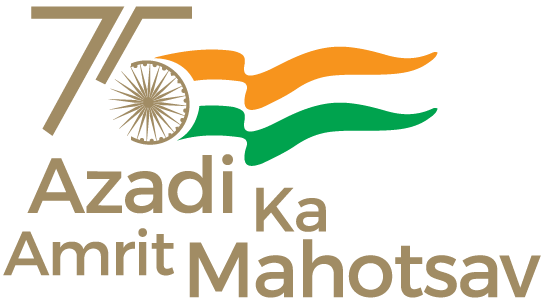While significant strides have been made in increasing agricultural production in India over the years, numerous problems continue to cloud the system of agricultural marketing in the country.As a result, the Government of India passed the Agriculture Produce Marketing Committee Act (APMC) to regulate the functioning of wholesale agricultural markets across the country. The purpose of these regulated markets was to promote organised marketing of agricultural commodities in the country and ensure that farmers get a reasonable share in profits. It was hoped that with market regulation, agricultural trade practices would become more efficient that until now were plagued with inefficiencies like subjection of farmers to heavy market charges, defective use of weights and scales in the markets etc.
Although regulation of markets has helped in reducing the burden on farmers in the form of lesser market charges, verified weights and scales, and establishment of market committees, the system still remains largely inefficient and has been monopolised by traders and intermediaries. Inefficiencies in these regulated wholesale markets continue to result in a chain of intermediaries, quality degradation and an increasing gap between producer and consumer prices. An effective answer to these issues lies in the establishment of unmediated linkages between farmers and consumers. Direct marketing of agricultural produce helps in eliminating middlemen and makes the farmer in charge of selling his/her produce. This ensures better prices for the farmers as well as increased consumer satisfaction. In order to promote the development of direct agricultural marketing in the country, the Government of India (GOI) enacted the Scheme for the Development of Agricultural Marketing Infrastructure, Grading and Standardization. Today, many Indian states have adopted the concept of direct agricultural marketing. Rythu Bazar in Andhra Pradesh is one of the most successful models of direct agricultural marketing in the country. Rythu Bazars provide facilities to farmers for selling their produce directly to consumers under a proper administrative system and government protection. Presently, there are 106 Rythu Bazars operating in the 23 districts of Andhra Pradesh.Rythu Bazars have transformed the environment in which farmers in Andhra Pradesh market their produce. It protects them from the harassment that they were otherwise facing at the hands of middlemen. It gives them an organized place to sell their produce directly to consumers under government protection and at prices that are better than they used to get. Farmers are provided with infrastructural facilities and support services like transport, storage options and such like.
Rythu Bazar consumers can avail the benefits of good quality products at reasonable rates. An online market information system helps keep consumers aware about current prices and protects them from any harassment at the market. It also helps them know the kind of products available at a Rythu Bazar.
The Rythu Bazar model has a a lot of lessons to share in terms of keeping farmers’ needs in mind while developing a direct market mechanism, helping farmers to be aware of local needs and adapt to new demands. It also offers lessons for meeting consumer satisfaction and running the markets through a well formed management and administration structure. It is these lessons that this document seeks to capture.

















